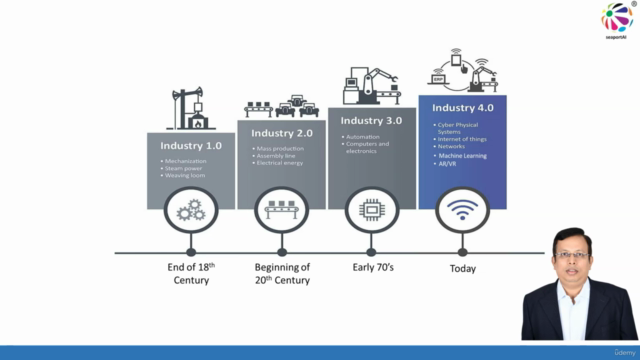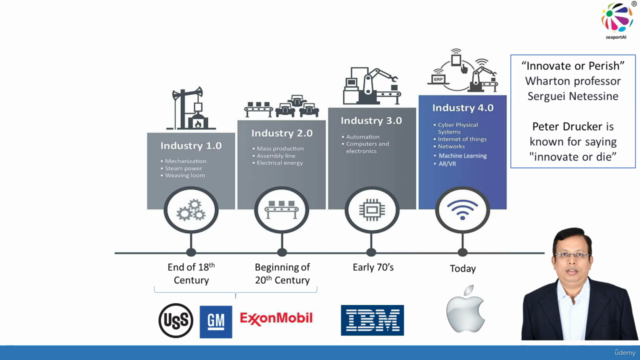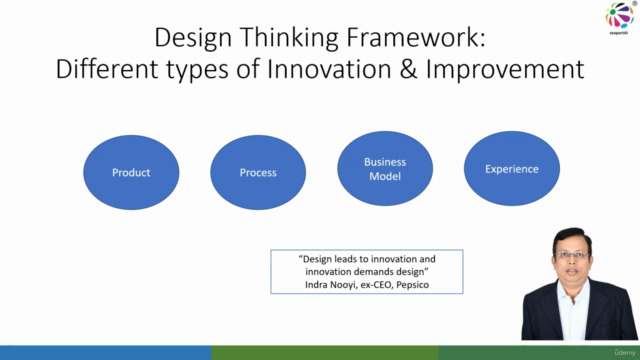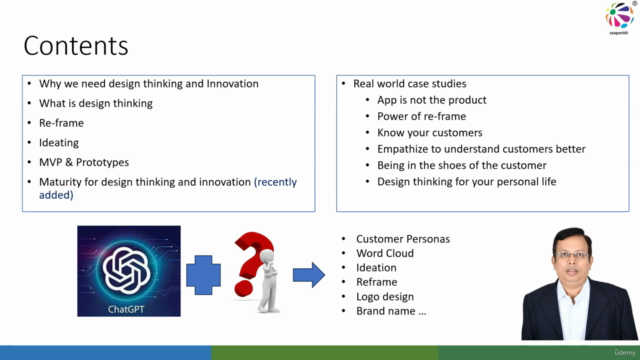Design Thinking | Design with ChatGPT
Assess your organization's readiness, maturity for innovation | 6 case studies | ChatGPT | Prompt Engineering
4.36 (924 reviews)

17,188
students
3 hours
content
Mar 2025
last update
$39.99
regular price
What you will learn
What are the five phases of design thinking process
How to apply design thinking in real life
What is re-framing
How to use ChatGPT in design process
How to create customer personas using ChatGPT
What is MVP
What are the principles of prompt engineering relevant for design
How to create word cloud using ChatGPT
How to segment customers using ChatGPT
What are Gestalt's principles
How to create a logo using ChatGPT
Screenshots




Related Topics
3459342
udemy ID
8/29/2020
course created date
10/20/2020
course indexed date
Bot
course submited by